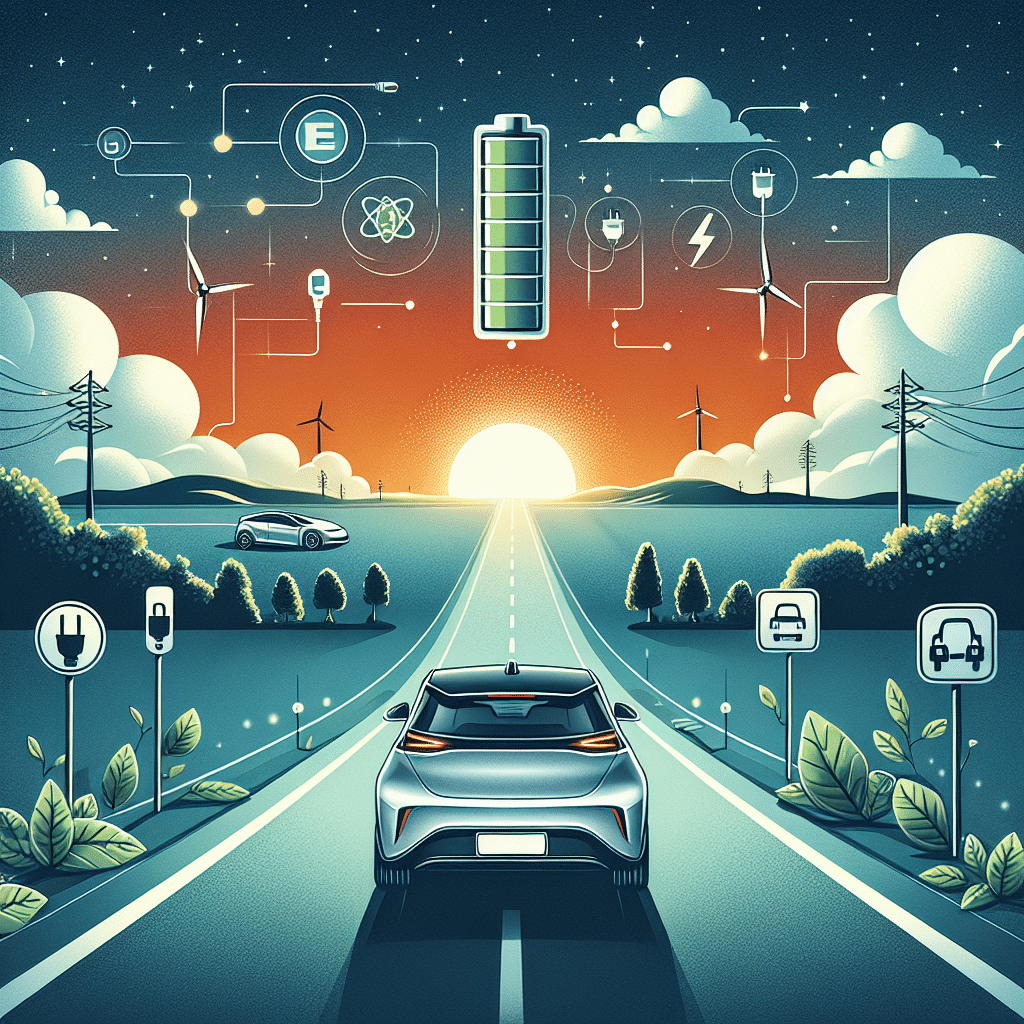Understanding Electric Vehicle (EV) Batteries
Electric vehicle (EV) batteries are the heart of an electric car, and understanding how to preserve their lifespan during long trips is essential for every EV owner. These batteries, typically lithium-ion, degrade over time due to factors like heat, charge cycles, and how they are used. Preserving them is paramount not just to enhance range but also to maintain optimal performance.
Pre-Trip Preparation
-
Battery Health Check: Before embarking on a long trip, evaluate your EV battery’s health using the vehicle’s onboard diagnostics. Many manufacturers provide apps that indicate the current battery status.
-
Plan Charging Stations: Utilize apps like PlugShare, ChargePoint, or Google Maps to identify EV charging stations along your route. Ensure they are compatible with your vehicle type and calculate the distance between charging opportunities to avoid any range anxiety.
-
Charge to 80%: Consider charging your battery to around 80% before hitting the road. Charging to full capacity can generate unnecessary heat and put extra stress on the battery, particularly in hot environments.
Efficient Driving Habits
-
Maintain Steady Speeds: Accelerating and decelerating frequently drains batteries faster. Keeping a steady speed, ideally between 55-65 mph, maximizes your efficiency.
-
Use Regenerative Braking: Leverage the regenerative braking feature present in most EVs. This system converts kinetic energy back into stored energy in the battery, enhancing overall efficiency.
-
Limit Aggressive Driving: Aggressive driving habits, such as rapid acceleration and hard braking, significantly reduce battery life. Drive calmly and smoothly to extend your distance per charge.
Climate Control Management
-
Preconditioning: Use preconditioning features while your vehicle is still plugged in. This feature brings your cabin to a comfortable temperature without draining battery power while driving.
-
Optimize HVAC Settings: Instead of using heated seats and cabin climate control at high settings, consider dressing warmly or using the seat heater in off-peak modes. This can mitigate heat usage while preserving battery load.
Load Management
-
Reduce Extra Weight: An essential tip for preserving battery life during long trips is to minimize the load your vehicle carries. Remove unnecessary items to decrease overall weight, enhancing efficiency.
-
Aerodynamics: If possible, minimize drag by avoiding roof racks or bulky cargo carriers. Streamlined shapes help maintain energy efficiency and extend your driving range.
Route Optimization
-
Use Navigation Wisely: Leverage navigation systems optimized for EVs, such as Waze or Google Maps, which can calculate the most efficient routes, taking into consideration elevation changes and traffic conditions.
-
Avoid High Speeds: High speeds can drastically reduce your battery range. Stick to highway speed limits and take advantage of lower speed limits whenever possible.
Charging Best Practices
-
Level 2 Charging: During rest stops, opt for Level 2 charging stations when available, as these charge at a high rate while you take breaks without stressing your battery like fast charging would.
-
Avoid Frequent Fast Charging: Frequent use of fast chargers can lead to faster degradation of the battery. Limit fast charges to when absolutely necessary to safeguard battery health over time.
Understanding Battery Temperature
-
Monitor Battery Temperature: EVs tend to be more efficient at moderate temperatures. Too hot or too cold can impact battery performance. Keep the car in shaded areas when parked and utilize cabin insulation features.
-
Smart Battery Management: Many newer models have advanced battery management systems that actively regulate temperature. Familiarize yourself with how your vehicle manages this process to ensure optimal performance.
After Trip Care
-
Charge Post-Trip: After a long journey, ideally, you should recharge your EV battery but avoid charging it to full capacity immediately. Instead, aim for a convenient 50-80% recharge to help maintain its health.
-
Assess Overall Performance: Track changes in range post-trip compared to data pre-trip. If you notice a drastic change in performance, consult your vehicle’s manual or an expert for insight on potential battery care.
Maintenance Practices
-
Keep Software Updated: Regularly update your vehicle’s software to ensure it runs optimally. Manufacturers often release updates that improve battery performance and efficiency.
-
Battery Monitoring Systems: Invest in or make good use of battery monitoring apps to keep tabs on your battery health and other performance indicators.
Industry Insights
-
Follow Manufacturer Guidelines: Each EV manufacturer provides specific tips and guidance for battery preservation that cater to their vehicle’s design. Familiarize yourself with these recommendations.
-
Stay Informed on Battery Tech: Emerging battery technologies, such as solid-state batteries, are incredibly promising. Stay updated on these advances, as they might offer significant improvements in longevity and range.
-
Join Community Forums: Engaging with other EV enthusiasts through online forums often provides practical insights and strategies for preserving battery life unique to individual models.
Conclusion
In essence, preserving your EV battery life during long trips is a multifaceted process that centers around efficient driving habits, meticulous planning, and smart management of resources. By understanding and implementing these strategies, you can maximize your electric vehicle’s performance and ensure a sustainable future for both your journey and the environment. Following these practices not only benefits your travel experience but contributes positively to the longevity of your EV battery, enhancing value while reducing environmental impact.
